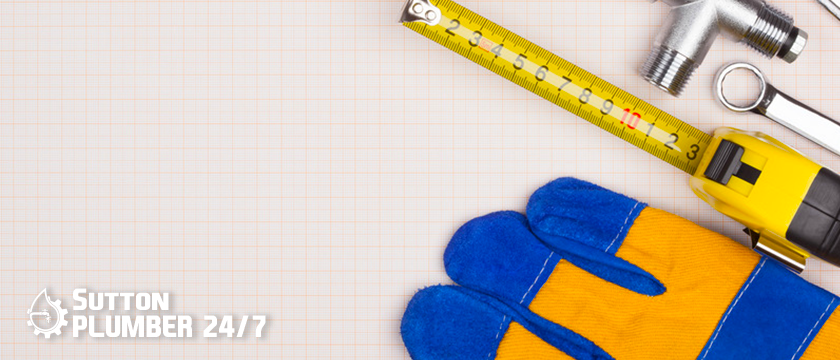
20 Jan. 22
Where Is the Hot Water Heater Pressure Relief Valve?
What is a water heater pressure-relief valve and what does it do?
Your water heater plays an important role in your home year after year. Your morning routine wouldn’t be the same — or nearly as comfortable — if you didn’t have hot water. Water heaters and their components, however, do not last indefinitely. Preventative maintenance is essential for ensuring that your water heater continues to safely supply hot water to your home. In this article, we’ll look at the water heater pressure-relief valve, which is a critical safety component of your water heater.
We’ll go over what it is, what it does, and how to keep it running and protecting both your water heater and your home.
Examine your water heater with a professional.
Fill out the form to schedule a free VIP plumbing inspection in the Sutton area if your water heater has stopped working. Our emergency plumber sutton are available 24 hours a day, 7 days a week to assist you and your home!
What is the pressure-relief valve on a water heater?
The name is, in fact, quite literal. It is a valve that allows excess pressure in the water heater tank to be released. By doing so, you can avoid excess pressure buildup, which could lead to a tank burst and flood your home. It’s an unnoticed but critical safety feature for your water heater.
What causes the tank’s excess pressure?
As your water heater heats the water in the tank, it expands and produces steam. The greater the heat, the greater the expansion. This expansion puts pressure on the tank’s exterior walls, which is to be expected. Excess pressure escapes through the water pipes connected to the water heater. If it cannot, the pressure-relief valve is activated. The valve reduces the pressure to safe levels by releasing some of the hot water and air. For comparison, the normal pressure inside the water heater tank is 50-100 PSI.
What could possibly go wrong?
If the pressure-relief valve fails to open, the pressure inside the tank can rise above the 100 PSI limit. The heavy metal tank can withstand a great deal of pressure buildup, but it has its limits. The results are explosive, as the tank collapses, allowing hot water to flood outward.
If your water heater has an emergency shutoff valve, the burst will be detected and the water supply will be turned off automatically. If not, you could end up with a flooded home with significant and costly water damage.
So, what is the cause of the pressure-relief valve failing? Because of the buildup of rust and corrosion inside the tank, the valve frequently becomes stuck or freezes in place.
Alternatively, the valve may be stuck as a result of a previous incident in which it released hot water.
A broken valve should be repaired right away, but unless you inspect your water heater closely on a regular basis, most homeowners may not notice it. That is why it is critical to conduct regular testing and maintenance.
The valve is being tested
We recommend that homeowners in Chicago test their pressure-relief valve twice a year when flushing out their water heater. Because each of these tasks takes about 10 minutes to complete, grouping your water heater maintenance tasks makes sense.
Begin by placing a large bucket beneath the valve. Because you will be releasing hot water during this process, you should wear protective clothing to avoid scalding. Remove the drain pipe from the pressure valve.
Then, gently lift the valve switch, allowing hot water to flow out of the valve and into the bucket. Don’t turn the switch all the way up for the sake of this test.


